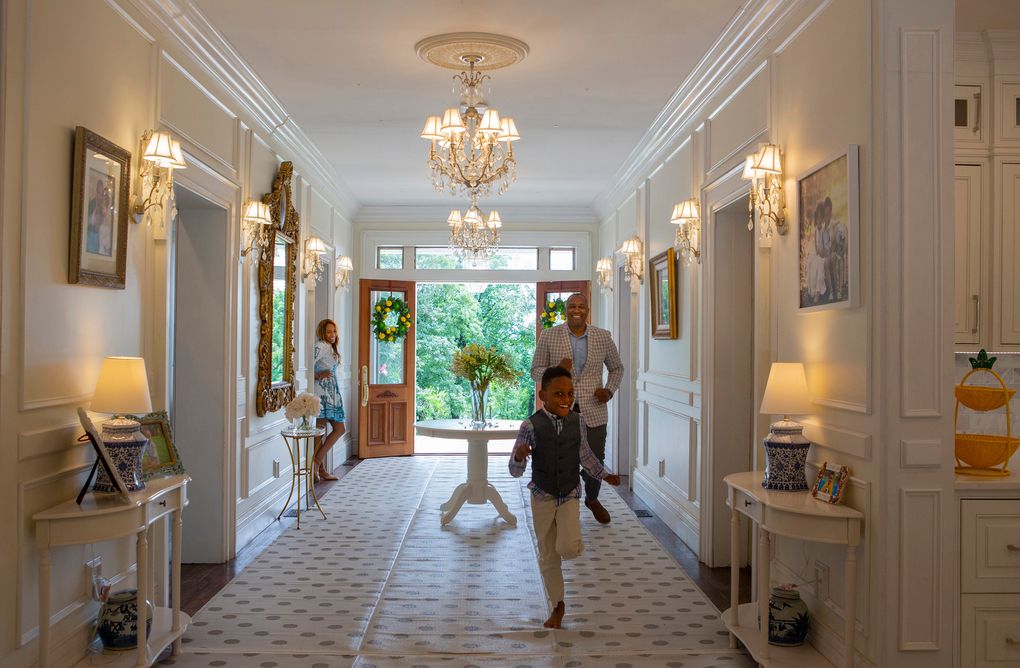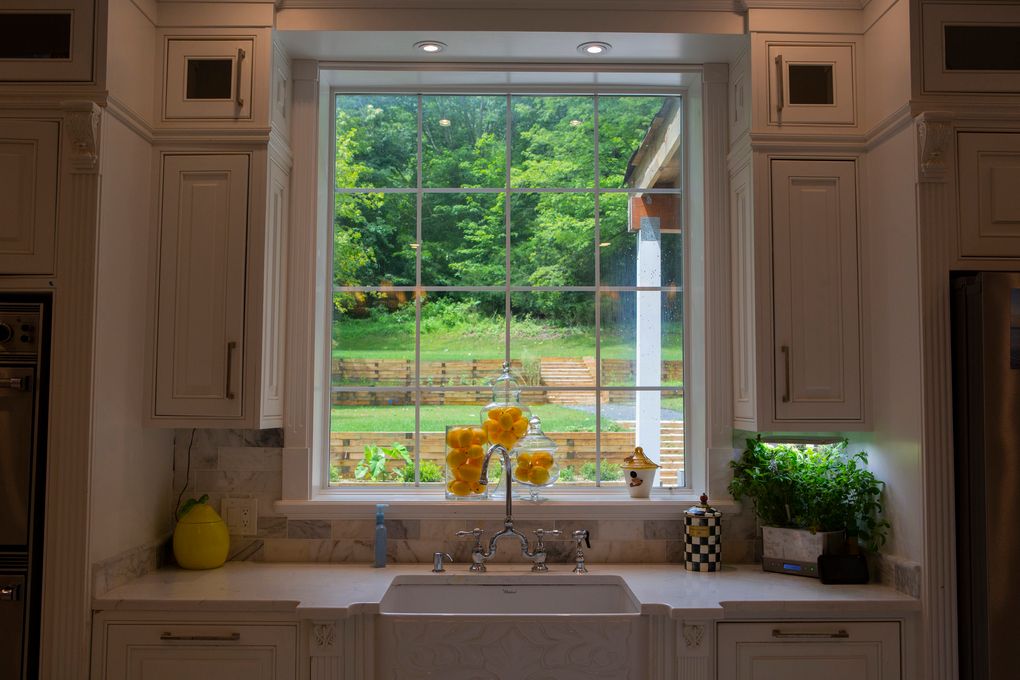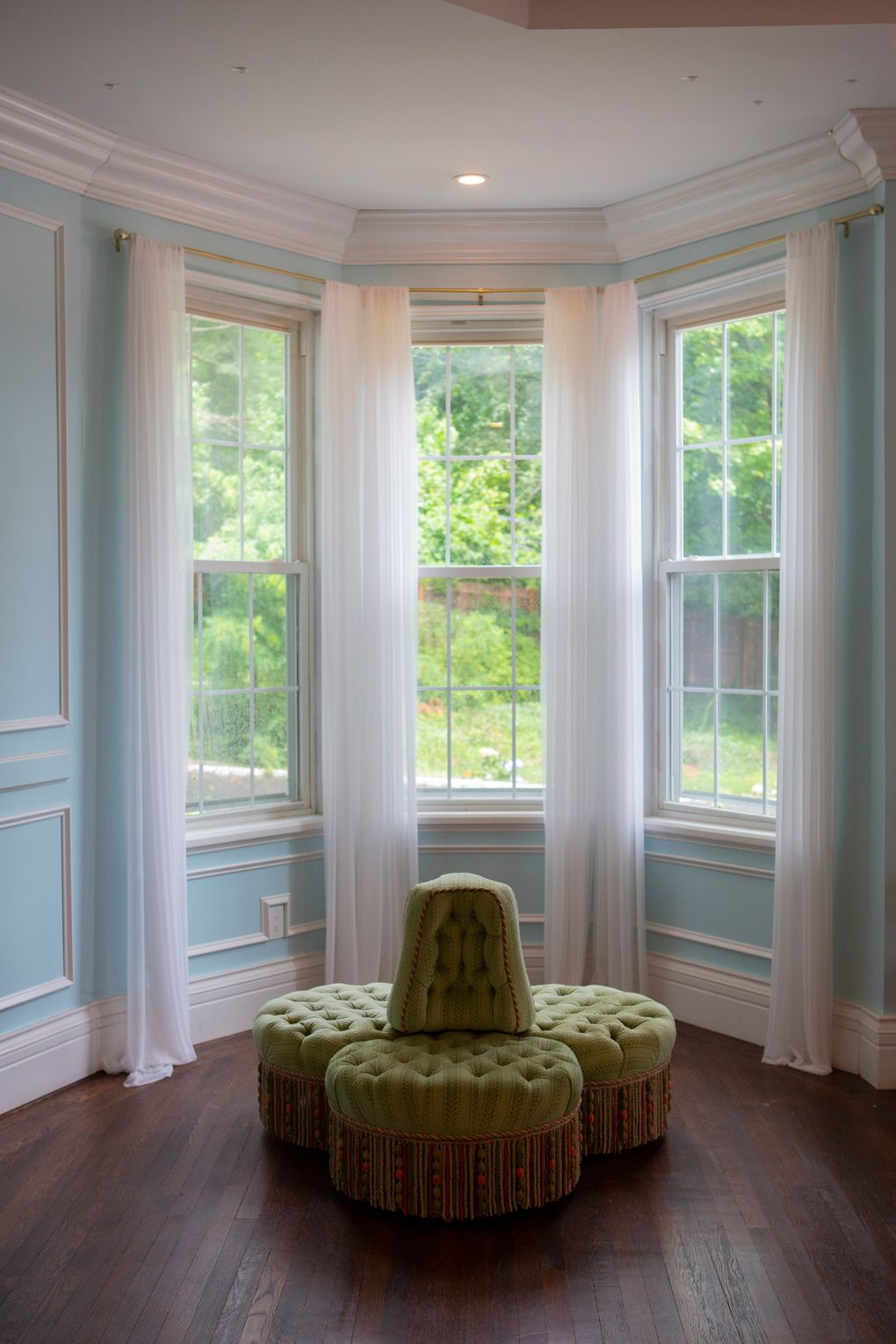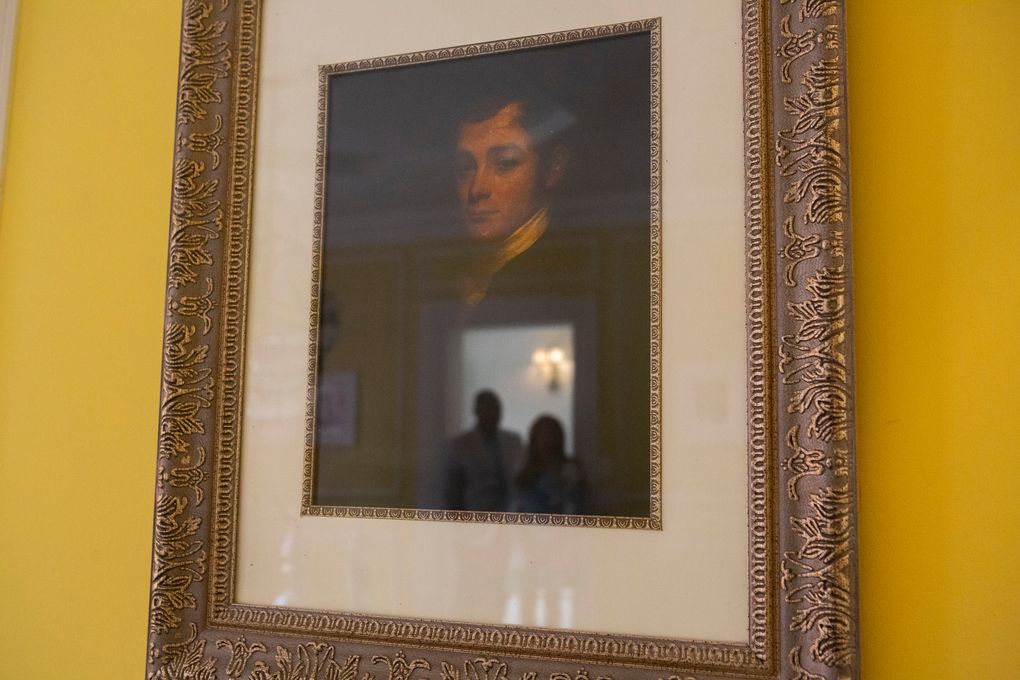Any homeowner renovating a historic house is aware there is a chance of getting a shock or two lurking guiding the partitions. H2o harm, mildew, faulty wiring systems and more are not unheard of. But for Black property owners, the surprises may perhaps be extra than high-priced or dangerous. At times, they are distressing reminders of generational trauma.
“For a whole lot of Black men and women, we do not want previous homes, simply because we do not want the history that arrives with them,” says Jamie Arty, a Prolonged Island home-owner. “Were they enslavers? What aspect of heritage were they on?”
Arty and her partner, Frantz, a tech engineer, are in the procedure of restoring a circa 1834 mansion in Oyster Bay, New York. When they purchased the stately Colonial-design and style dwelling in 2018, they were being apprehensive about its history. But they shortly identified that their new property had after been owned by a well known New York abolitionist and choose, William Townsend McCoun.
Quite a few months into the renovation, Arty produced a Fb group to retain family members and good friends up-to-date. The group, Producing Around a Mansion, speedily grew, and it now has additional than 25,000 users from about the globe. She started an Instagram account about the same time (@earning_over_a_mansion). In addition to documenting their restoration get the job done on the house, the loved ones also posts about the home’s historical past, including intriguing finds and shots of popular 19th-century friends. They are uncovering the previous in extra techniques than 1.
The pair, whose followers have developed to adore additional than just the dwelling, also share updates on their family members and way of living. Arty, who was an occasion planner prior to the pandemic, showcases the elaborate holiday break decorations that adorn the mansion every single year. In 2020, she created a organization all-around her exciting, around-the-top rated decor.
“I had to make a still left transform, due to the fact no one was throwing parties anymore,” she states.

The Artys are not completely absolutely sure why their tale resonates with so lots of people, but Jamie Arty believes 1 of the main reasons is that she and Frantz are Black in a house-style environment dominated by white voices — particularly when it will come to restoring older properties.
As a Black designer, Leslie Antonoff, who is the Los Angeles-dependent life-style blogger driving Hautemommie and co-host of the approaching HGTV sequence “Divide and Structure,” can relate. She suggests obstacles to homeownership are one particular of the main good reasons Black individuals really don’t normally undertake historic home renovation.
“If they can not even own a house, they absolutely can’t restore one,” she suggests. “It normally takes a whole lot of cash, and unfortunately, most Black individuals really do not have that.”
Antonoff sees the absence of generational prosperity as a vital variable which is edging Black families out of the goal demographic for most life-style and renovation marketplaces, not a deficiency of interest in design.
Antonoff will co-host “Divide and Design” with her sister, designer Courtney Robinson of Components and Techniques Style and design. Robinson also is familiar with currently being a Black girl in the white-dominated structure and restoration current market, and she acknowledges that Arty will face challenges as she is effective to improve the narrative.
Robinson doesn’t want that to prevent Arty, even though. “Representation matters, and so her moving into into this space is her opening up the doorway for far more Black people today who are into [design],” Robinson suggests. “And showcase it, due to the fact there are extra. They exist.”
That is just why the spouse and children has been so community about bringing their home back from near destruction.
The Artys stumbled upon the mansion when they had been home looking and created a completely wrong turn. They pulled into a driveway to appear at their map and observed the dilapidated house with a guesthouse driving it. Without the need of going inside of, they named the authentic estate agent outlined on the indication out front and commenced negotiations to buy the home, which, at the time, was completely unlivable.

The few were being unable to obtain a mortgage on the residence, so they paid $800,000 cash for the home. “We just did it blindly while the young ones ended up screaming and crying,” Jamie suggests.
She wished a fixer-upper, but she was not ready for the scope of this challenge. The home experienced stood vacant for several yrs ahead of the spouse and children identified it a fallen tree experienced left a gaping gap in the roof, and the interior was packed to the rafters with collectibles and garbage. Proof of trespassers — candles, Ouija boards, vacant beer cans and cigarette butts — littered the space.
The couple, who then had twin toddlers and a 4-12 months-previous, renovated the guesthouse more than 11 months in 2018, and they moved in with Frantz Arty’s moms and dads even though they labored on the major property. In March 2020, they eventually moved into two flooring of the mansion, which were marginally completed. Soon following, the pandemic struck, and Frantz Arty’s father died of COVID-19. The family’s reduction forged a pallor over all the things, but they made use of the time at house to full more renovations.

They tackled the kitchen first, turning a dark, enclosed space into a vivid, ethereal expanse with traditional white cabinetry, light-weight counters and a marble backsplash. The fireclay kitchen area sink attributes an embossed apron front and bridge faucet, in holding with the home’s historical past. The first kitchen hearth, discovered enclosed at the rear of a wall, has been restored and repurposed into a brick pizza oven.
The Artys selected vibrant colors for the other key rooms. The eating home is Sherwin-Williams’s Solaria, a sunny yellow. A part of the expansive space was initially an out of doors room, and uncovered siding showed that it had at the time been a identical colour. “We will just modernize it a tiny little bit,” Jamie Arty claims. “Make it a very little little bit brighter, a minimal bit extra gorgeous and up to date.”
Choosing a identical coloration felt, to the pair, like shelling out regard to the home’s historical past. The entrance living room is Sherwin-Williams’s Open up Air, a neat blue. Afrocentric artwork adorns the partitions, and white wainscoting provides visible detail to attract jointly the massive space.
Even though their principal living house is comprehensive, the Artys have many a lot more rooms that have not but been touched. This includes a number of they can’t safely enter, for the reason that they are in an highly developed point out of disrepair or are stuffed with century-previous goods. The back again staircase is however in its primary condition, with a domed brick ceiling and tough picket treads, a testomony to the domestic staff demanded to operate such a large residence.
Unearthing the house’s wealthy record has been an unexpectedly gratifying byproduct of the renovation. The household has been enraptured by the story of McCoun, who lived in the home right up until his dying in 1878. “He was so progressive. He was a choose, a attorney. He served a Black soldier from Very long Island who was meant to be compensated for serving in war but in no way received his thanks,” Jamie Arty claims. “I am now superior good friends with the great-great-good-granddaughter of that soldier. … That is comprehensive circle.”

Explained by the New-York Historic Culture as “a patron of the arts and a buddy of a lot of artists,” McCoun entertained a prolonged listing of superstars in his residence, including Charles Dickens and a younger Theodore Roosevelt. Sophia Moore, a former enslaved woman, is buried mere toes from the decide on the Artys’ house. She was born in 1786 in Morristown, New Jersey. The inscription on her stone reads: “In Memory of Sophia Moore, died 1851, aged 65 many years. Born a slave in the Condition of New Jersey, acquired her independence and for 25 a long time was a devoted mate and servant to the spouse and children of William Townsend McCoun.” In the 1800s, even cemeteries had been segregated to contain Moore in the family members plot was a major gesture. The Artys do the job tricky to spotlight Moore’s job in the residence as they restore the mansion.
The few may perhaps be an anomaly in traditional restoration circles, but which is partly due to the fact of how narrowly we outline historic restoration. Brent Leggs, government director of the Countrywide Trust for Historic Preservation’s African American Cultural Heritage Action Fund, rejects the idea that Black Individuals really don’t have a position in historic preservation. “Black communities lead to historic preservation in numerous and meaningful approaches. It’s just neglected or isn’t greatly identified,” he says. For numerous of the motives noted by Antonoff, significant-scale renovations, these types of as the Artys’ mansion, are uncommon undertakings for Black persons. Yet, what they are carrying out is important, Leggs suggests, and their visibility supplies wanted representation.
It is serendipitous that the Artys’ house has an uplifting record, but Leggs urges Black people to contemplate the worth of restoration and preservation even when that is not the situation. Black men and women can use restoration to center themselves in the narrative, alternatively than stay tertiary figures to the white historical past that transpired at these websites, he states. “African Americans can reclaim historic areas and narratives to produce new kinds of ability and healing for by themselves and their group.” Historic web sites contain what Leggs calls “cultural memory,” and he urges restorers to discover from the preservation of each individual website — even if what they find out is distressing.
Much of the Artys’ home has experienced to be changed for the reason that of harm, but the family has made the decision to maintain the entrance door’s worn, weathered threshold. It’s dented and scuffed, but they are unable to picture upgrading it when so numerous toes have handed more than it for so quite a few several years.
